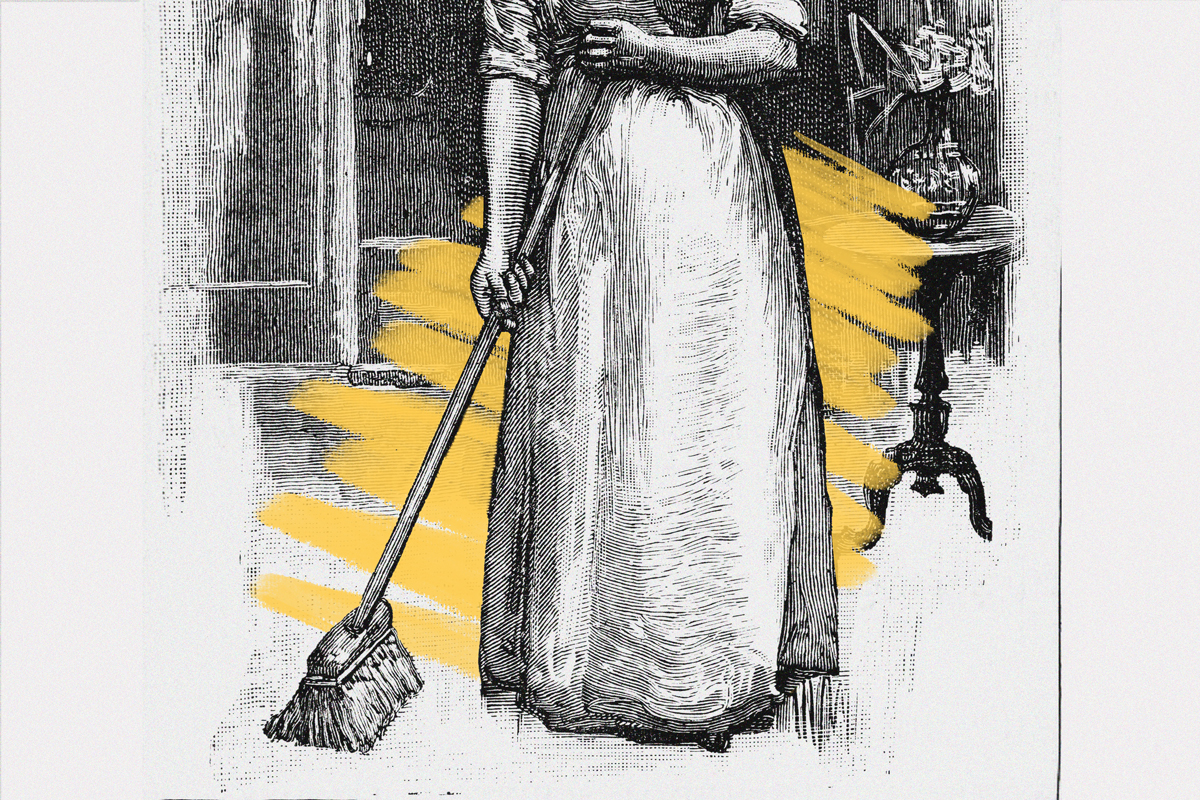When rugs were too expensive, colonial Americans made sand art on their floors.
If you were a well-to-do family in colonial-era America, you may have draped your floor in richly painted oilcloth, a tightly woven fabric with a waterproof coating, to reduce draftiness and make walking around more comfortable. If you were very affluent and had a taste for the finer things, you might have imported carpets across the Atlantic. Most people, however, settled for simpler floor coverings, such as straw matting or sand — if they opted for any at all.
Sand, ideally fine white sand, came with a bonus feature: You could turn it into decor if you were feeling creative. Some households created fun designs in the sand, including scrolls, feathers, herringbones, and wreaths, as a temporary decoration. And while tracking sand inside a house is usually frowned upon today, sand was actually an extremely practical floor covering in the 18th century. Before paved roads and regular bathing, a lot of mud and grime would build up on floors very quickly. Much like sawdust on a tavern floor, the sand would absorb dirt, oil, and moisture, allowing the mess to be swept away more easily — and it was a more pleasant walking surface than the hard, cold floor. Sanded floors weren’t exclusive to poor families, either. Some households scattered their sand daily with a special sieve, and writer John F. Watson observed chambermaids with “a genius for drawing” making sand designs with a broom. Still, sanded floors eventually waned in popularity during the 19th century, in favor of woven rugs and painted hardwood floors.







